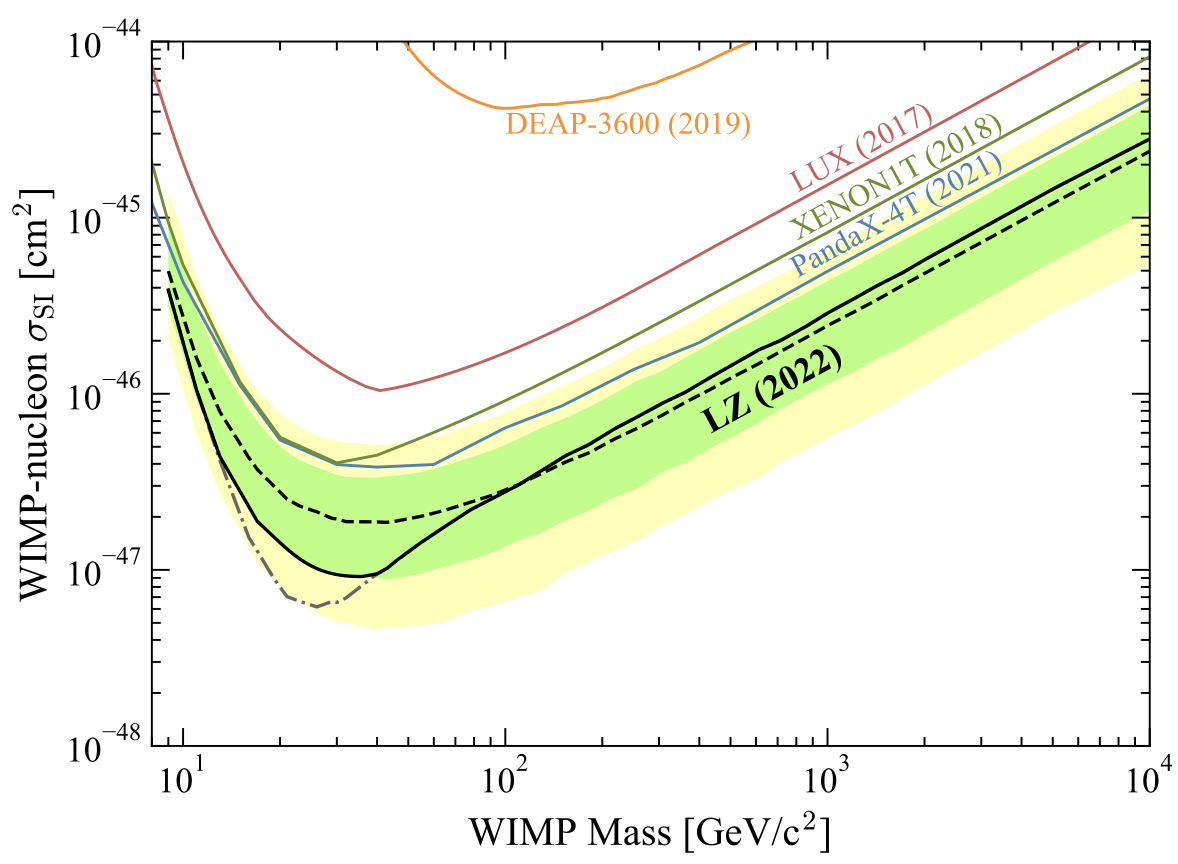The Kamaha Group
Kamaha and her group composed of two post-doctoral researchers (Yongheng Xu, Dongqing Huang), her lab assistant (Sonya Woo) and an army of undergraduate students setting up her research lab.
The Kamaha Group works in the area of experimental astroparticle physics with an emphasis on the direct detection of dark matter particles. Coming to UCLA to re-start the dark matter program that was formerly established by giants in the field like David Cline, Hanguo Wang, and Katsushi Arisaka was daunting, but I am glad that I took up that challenge. I am also very proud of what I have accomplished in almost two years here at UCLA. One of the important results is that of the LUX-ZEPLIN (LZ), the US flagship experiment, on which I am working alongside more than 250 colleagues from 37 institutions around the globe. We recently published our first results on dark matter direct detection, which are world leading. We have also established the most sensitive limits on spin-independent interactions of Weakly Interacting Massive Particles (a class of dark matter particle candidates) with masses above 9 GeV/c2. UCLA’s contribution to that publication was manifold, including hardware, detector operations, and data analysis.
LZ world leading sensitivity in high mass WIMPs dark matter.
We are continuing our leading effort on LZ, which is planning to collect and analyze about five more years of dark matter search data. At the same time, we are setting up a test facility on campus for various research and development (R&D) ideas to improve the sensitivity of LZ and that of future dark matter detectors as well as optimizing novel detection technologies in the field. That facility will be used to develop R&D ideas towards novel techniques aimed at decreasing the background contaminations in future dark matter detectors and developing novel radioactive sources for current and future dark matter detector calibrations.
This is a very exciting time for me. I am supervising an army of smart, motivated, and passionate undergraduate students, and two post-doctoral researchers to build my research lab in-situ as well as contributing to LZ. The caliber of the students at UCLA is phenomenal! They have surpassed my expectations and I anticipate that within the next year we will be done setting up the lab. The next step will be to commission a mini xenon −LZ type − detector that I am building for these calibration, R&D, and background mitigation purposes. I look forward to commissioning this mini detector and utilizing all the equipment I have procured and will manufacture to this effect. My ultimate goal remains to continue the ongoing search for the universe’s dark matter and establish my group as a reference for its excellence in research.


